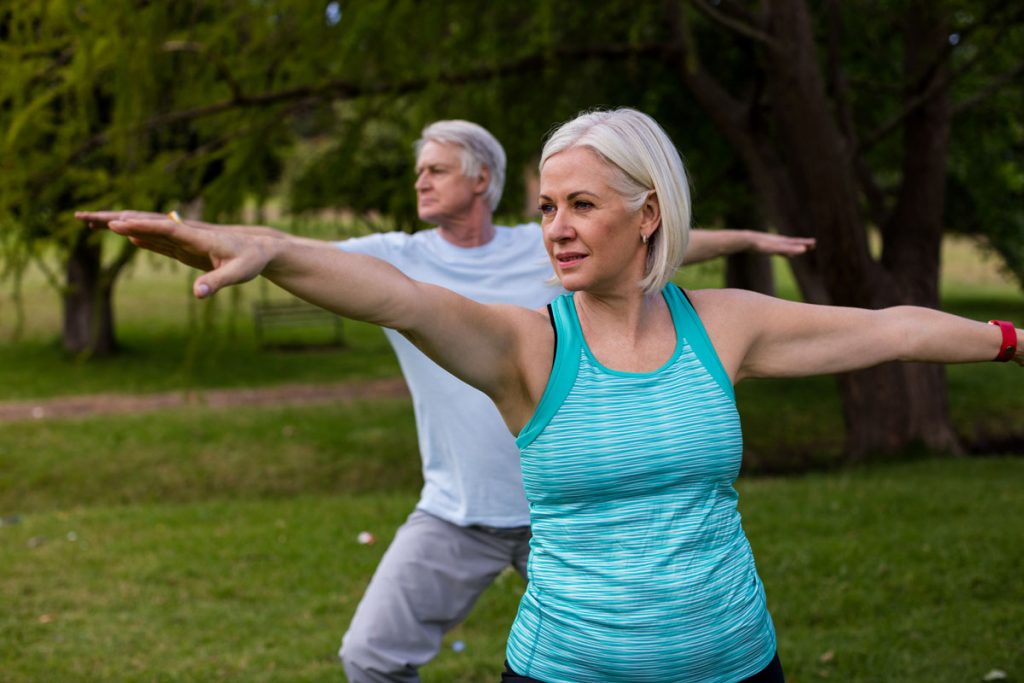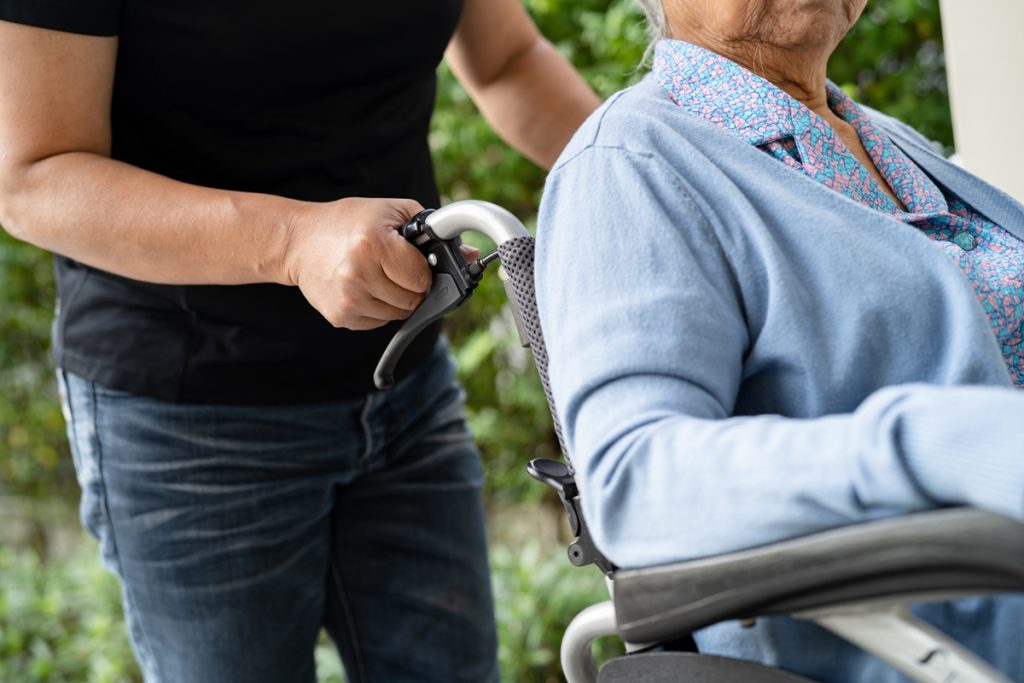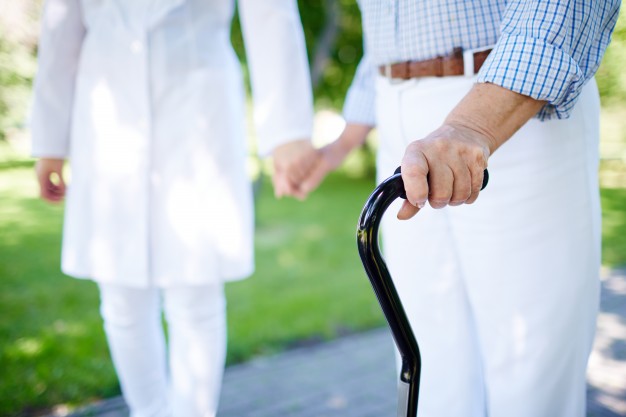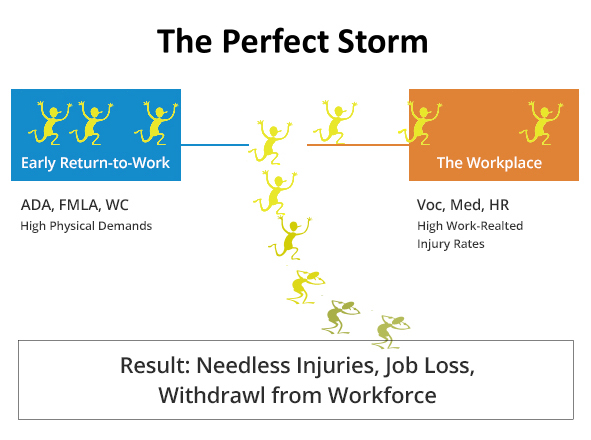Fall Risk at Discharge – What You Need To Know
- There is a high incidence of falls after hospital discharge, particularly among patients who are functionally dependent. Major fall risk factors at discharge include: decline in mobility, use of assistive devices and cognitive impairment/confusion.
- Patients who were functionally dependent and needed professional help after discharge had the highest rate of falls.
- Hospitalization in older adults, including those who are admitted for medical problems, rehabilitation and acute care, has been shown to be associated with decline in function and mobility – creating a higher risk of slip and fall accidents.
- The period after discharge has been shown to be associated with high risk of falls, social problems and medication errors, with up to 30% of older people experiencing an adverse event following hospital discharge.
- 45% of older people fall in the period following discharge.
- One study examining the incidence of falls in older, recently hospitalized medical patients requiring post-discharge home care, found that falls were substantially increased during the first month after hospital discharge.
- Research has shown that fall prevention home safety assessment and home safety modification intervention immediately following discharge critically reduces the risk of falls once at home.
- A full clinical assessment of function as it relates to how individuals are navigating their environment doing daily tasks (restroom, shower, walking through the home). Installation of safety grab bars, commode risers, shower chairs, ramps and rails are just a few of the modifications which can be made that will reduce fall risk.
- Typically, upon discharge, families and are overwhelmed and often don’t know where to turn for resources (you can bring in MB home safety here if you’d like). Coming home following discharge is a critical time, where patients are often in a weakened, tired and cognitively impaired state. Family members rush to “get something in”. Just having a “safety grab bar” won’t do the trick, where your bar is placed and clinical attention to the placement of any modification is imperative in not risking further injury.
Related Posts







